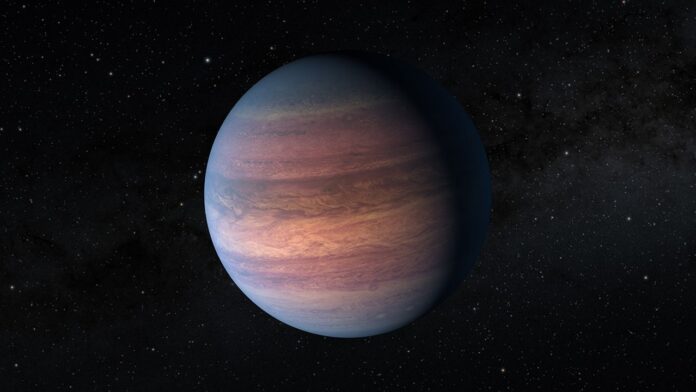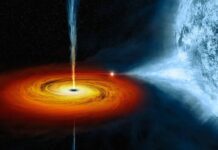Jupiter, with its iconic Great Red Spot, has long stolen the limelight as the solar system’s most tempestuous planet. But hold onto your telescopes! Recent findings reveal that Saturn also hosts ginormous storms that can last for centuries.
In an exciting study published in Science Advances, researchers from the University of California, Berkeley, and the University of Michigan, Ann Arbor, delved deep into Saturn’s radio emissions. They discovered that these emissions reveal disruptions in ammonia gas distribution – a sign that indicates the storms on this gas giant have a much longer lifespan than initially believed.
If you’re picturing Earth’s hurricanes, think bigger and more alien. Saturn’s titanic cyclones are a cocktail of hydrogen, helium, methane, water, and ammonia. They come around roughly every two to three decades. But the real surprise? Their longevity.
You might recall the “Great White Spot” on Saturn, which began its tempestuous dance in 2010, covering a staggering 200,000 miles of the planet’s surface. Why do these storms last so long? Blame it on Saturn’s leisurely trip around the sun. Given it’s about 10 times further from the sun than Earth, a single orbit takes 29 of our years, with each season stretching for approximately 7 years.
The study reveals more than just Saturn’s stormy behavior. Interestingly, while Jupiter and Saturn might be next-door neighbors in the cosmic sense, their storm dynamics are strikingly unique. On Jupiter, the tropospheric anomalies link to its colored bands. In contrast, on Saturn, these anomalies connect to the massive storms.
Cheng Li, the study’s lead author, expressed the broader implications of these findings. He remarked that these discoveries about our solar system’s most massive storms challenge and expand our understanding of hurricanes, urging meteorologists to think beyond Earthly contexts.
One significant takeaway? The process of megastorm formation might differ drastically across planets, shedding light on the mysteries of distant exoplanets. Imke de Pater, a seasoned expert from UC Berkeley, emphasized the importance of radio observations in understanding the atmospheres of giant planets. Such observations can reveal intricate details about heat transport, cloud formation, and convection.
In a nutshell, next time you look up at the night sky, remember that the gas giants are brewing storms of epic proportions, unveiling secrets not just about our solar system, but potentially about far-off worlds too.


















![10 Countries With the Best Healthcare in the World [Statistical Analysis] Countries With the Best Healthcare in the World](https://articleify.com/wp-content/uploads/2025/07/Countries-With-the-Best-Healthcare-in-the-World-1-150x150.jpg)










